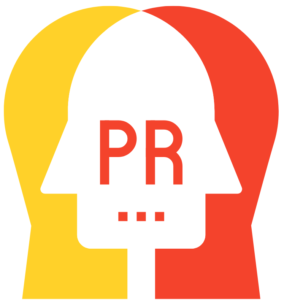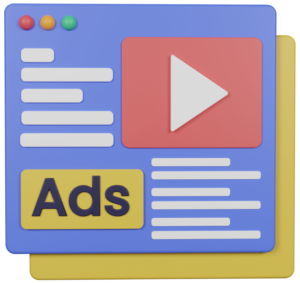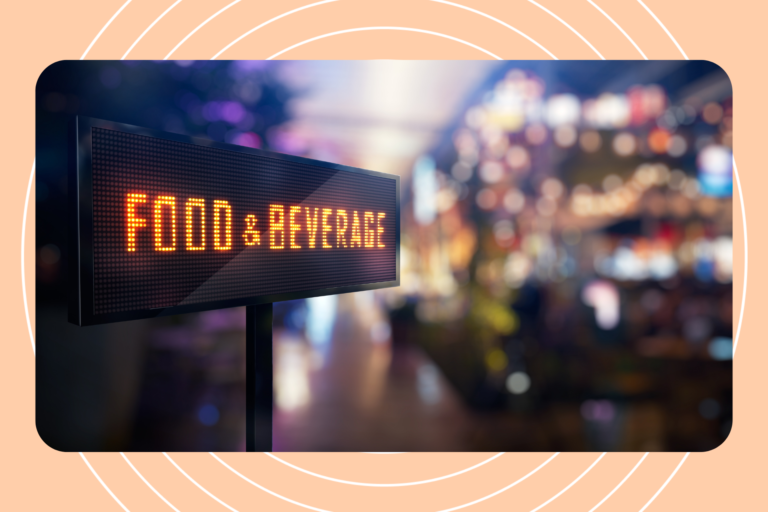Public Relations Vs Advertising for Small Businesses: Choosing the Right Strategy to Grow Your Brand
A comprehensive guide to maximizing your brand’s impact on a budget.
In today’s competitive market, small businesses need to stand out, attract customers, and maintain a positive reputation to succeed. Small businesses often face unique challenges, such as limited resources, greater competition from established companies, and the need to build a strong brand presence quickly.
Two primary tools for achieving these goals are public relations (PR) and advertising. While they may seem similar at first glance, understanding their key differences and functions can help you decide which one is right for your small business. In this comprehensive blog, we’ll delve into the core distinctions between PR and advertising, explore their unique advantages for small businesses, and provide insights to help you choose the best strategy for your brand on a budget.
1. Public Relations for Small Businesses

Public relations (PR) is the art of managing and maintaining a favourable image and reputation for a company, organization, or individual. For small businesses, PR can be particularly effective in building credibility, trust, and goodwill among target audiences without breaking the bank.
Key Points:
- Focuses on creating and maintaining a positive reputation
- Utilizes earned media coverage (unpaid)
- Builds credibility and trust
- Involves strategic communication and storytelling
1.1 Local Media Relations
Small businesses can benefit from developing relationships with local journalists, editors, and influencers to secure positive coverage. By crafting compelling press releases, pitching stories, and providing exclusive access, PR professionals can generate buzz and enhance the organization’s image in the local community.
1.2 Community Engagement and Events
Organizing and participating in community events, such as local fairs, charity initiatives, or networking groups, can help small businesses connect with their audience, showcase their expertise, and create memorable experiences. PR professionals can play a crucial role in planning, promoting, and managing these events to ensure they generate the desired outcomes.
2. Advertising for Small Businesses
 Advertising is the paid promotion of a product, service, or brand. For small businesses, advertising can be a cost-effective way to communicate messages, promote offers, and raise awareness about their offerings.
Advertising is the paid promotion of a product, service, or brand. For small businesses, advertising can be a cost-effective way to communicate messages, promote offers, and raise awareness about their offerings.
Key Points:
- Focuses on promoting products or services
- Utilizes paid media placements
- Raises brand awareness and drives sales
- Involves creative design and persuasive messaging
2.1 Cost-Effective Advertising Options
Small businesses can take advantage of several cost-effective advertising options, such as:
Online Advertising: Digital platforms such as search engines, social media, and websites allow for targeted, trackable, and budget-friendly campaigns that can reach a wide audience.
Local Print Advertising: Newspapers and magazines offer businesses a tangible way to reach local audiences and can be particularly effective for niche markets.
Radio Advertising: Radio spots can be an affordable option for reaching a broad audience, particularly during peak commuting hours when listenership is high.
3. Key Differences between PR and Advertising
Control
Advertising provides more control over content, placement, and timing, while PR relies on the discretion of journalists and editors to publish stories.
Cost
Advertising requires a budget for media placements, whereas PR primarily generates earned media, which is unpaid.
Credibility
PR leverages third-party endorsements, such as news articles and influencer partnerships, which often yield greater credibility than paid advertisements.
Lifespan
Advertising campaigns have a set duration, while PR efforts can create long-lasting relationships and ongoing coverage.
4. Which is Right for Your Small Business?
To determine whether PR, advertising, or a combination of both is best for your small business, consider the following questions:
What are your goals?
If your primary objective is to drive sales or promote a specific product, advertising may be the better choice. If you want to build long-term credibility and trust, PR might be more suitable.
What is your budget? If you have limited resources, focusing on PR strategies may be more cost-effective. However, if you have a larger budget, a mix of both could yield the best results.
Who is your target audience?
Understanding your audience’s preferences and habits can help you decide whether PR, advertising, or both will resonate with them.
4.1 The Power of Integrated Communications for Small Businesses
Combining PR and advertising efforts can amplify your brand’s message, increase reach, and create a cohesive brand narrative, even for small businesses. By integrating these communication strategies, you can leverage the strengths of each approach and drive better results. For example, a successful PR campaign can be supported by targeted advertising, ensuring that your brand’s message reaches a wider audience.
5. Finding the Right Partner for Your Small Business
Whether you’re seeking PR, advertising, or both, finding the right agency or consultant can make a significant difference in the success of your communication efforts. Look for professionals who have experience working with small businesses, a strong track record, and a clear understanding of your goals and objectives. Request case studies, references, and examples of past work to help you make an informed decision.
Both public relations and advertising have unique benefits and applications for small businesses. The most effective strategy for your business will depend on your goals, budget, and target audience. By understanding the differences between these two communication tools and how they can complement each other, you can maximize your brand’s impact and reach your business objectives on a budget. As you navigate the world of PR and advertising, remember that the key to success lies in finding the right balance and leveraging the strengths of each approach to create a powerful, unified brand presence for your small business.



